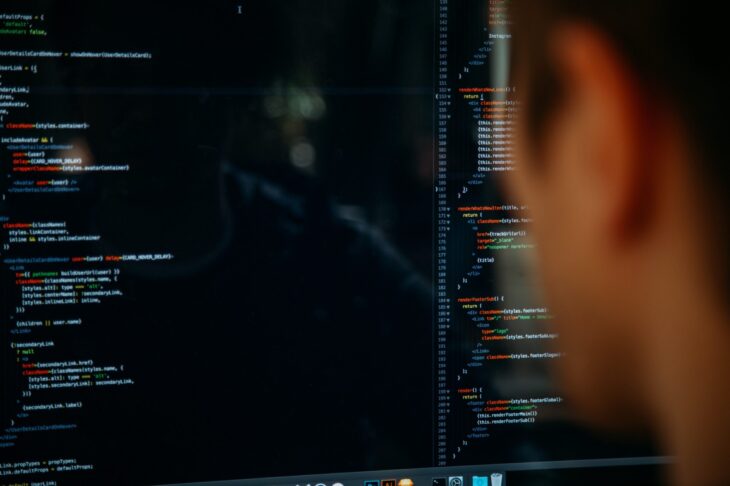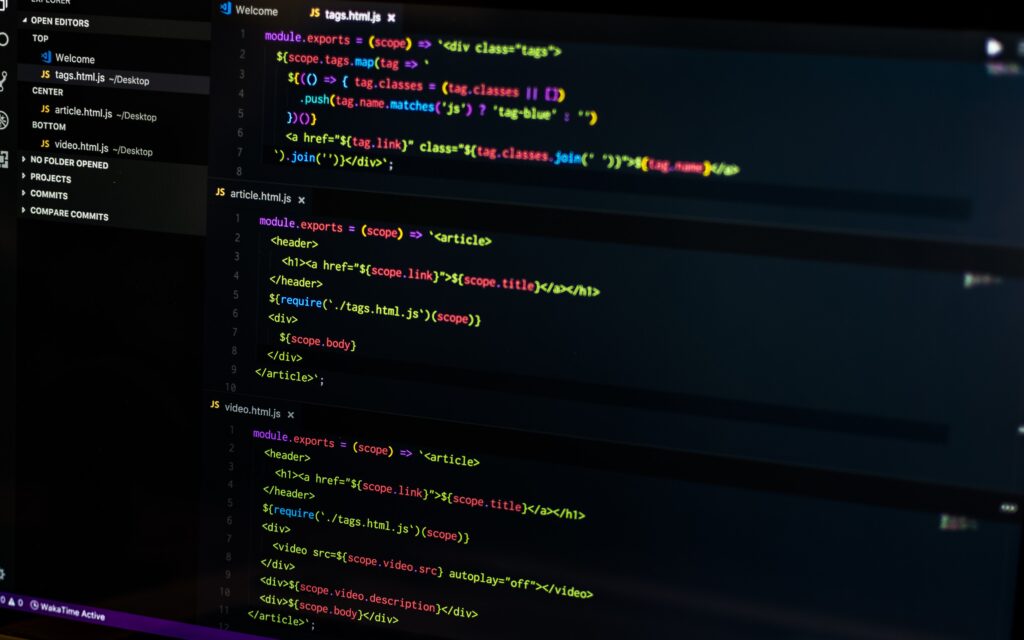
What jQuery Can Do for Web Development?
Web developers employ JavaScript each day to bring the needed functionality to the websites they make. One specific tool that offers a huge deal of flexibility and power is jQuery.
In case you didn’t know, jQuery is a JavaScript library helping developers streamline and standardize interactions between JavaScript code and HTML essentials. You see, JavaScript enables websites to become dynamic and interactive, and jQuery is an excellent tool that helps simplify that entire process.
In today’s post, we will take a closer look at why it’s so important in web development.

It’s SEO friendly
The way a developer codes a website could massively impact how it can be seen on search engines. jQuery could be easily optimized for search engines and provides numerous plugins to help developers accomplish that like a https://www.tiny.cloud/docs/integrations/jquery/.
One of the practices you can utilize is embedding jQuery elements by using unordered lists.
It has utility features
jQuery offers utility functions that help code string iteration, trimming, array manipulation, and other features. Such functions offer flawless integration between jQuery and JavaScript. Hence, the entire code writing development will be much simpler and stress-free.

It’s extremely extensible
The main jQuery library is created to be kept tight and focused, getting rid of any non-essential features. Nonetheless, a plugin framework is presented, which makes it simple to extend jQuery. That involves both official jQuery plugins and many different third-party plugins.
That also indicates your page will download certain features it needs. Do you need other features not provided in the main library? You can also get top-notch quality downloads online as an alternative.
It’s lean and lightweight
Many functions in the jQuery library have been removed to keep it lean and lightweight, not to mention others have been transferred to the plugin section. Do you need any of those removed features? You can add them to your site as plugins.
Take note that the lean library keeps the entire coding at a restricted level. It also helps you in saving bandwidth to ensure faster loading. Further, the jQuery is only 24 kb: smaller than an image on most websites. Browser applications will download and cache it when it’s for use on all your web pages.

It offers cross-browser compatibility
One of the major features of using jQuery is that it deals with numerous cross-browser bugs and issues that you’d normally experience while developing through JavaScript. Dealing with a cross-browser web development concern could be a disturbing experience for you.
That’s because website design elements might work effortlessly in one browser version and break down in another. Many of those cross-browser problems have been handled with the jQuery library. That suggests you can create a properly working website on all types of browsers and different versions. That will help you save a huge amount of time.
It supports simplicity
Many web developers find jQuery simple to understand and intuitive because the library is designed using shorter and simpler codes. Web designers could streamline the time it takes to deploy an application or site with its open coding standards and basic syntax.
Moreover, developers don’t need professional web programmers or developers to develop great jQuery styles. Developers who have done some coding and testing of CSS files will love how simple the implementation is for jQuery.

It offers cool animations and effects
Flash developers are extremely expensive, and creating Flash needs a huge amount of experience and might take years of practice. On the other hand, jQuery is 100% free and necessitates the expertise of JavaScript and HTML.
What’s more, jQuery uses a combination of HTML, JavaScript, AJAX, and CSS. Those markup-based technologies have been made to work smoothly together.
Web designers use JavaScript consistently to carry the essential usefulness to the sites they make. One specific device that give a lot of force and adaptability is jQuery.
jQuery is a JavaScript library that assists with improving and normalize communications between JavaScript code and HTML components. JavaScript permits sites to be intelligent and dynamic, and jQuery is an instrument that smoothes out that interaction. We will investigate what that implies, how it works, and why it is so helpful.
We should consider one illustration of how JavaScript can be utilized to make a site intuitive: a catch that, when clicked, shows or conceals a menu. There are various methods of achieving this, so how about we analyze a couple of them:

jQuery
While thinking about the worries of the past two techniques, the value of jQuery gets clear. Working in the background, jQuery does the entirety of the hard work needed to make discovering HTML components straightforward, and to deal with cross program similarity issues. We should simply compose something like:
It’s feasible to utilize ID ascribes with jQuery, however you can simply utilize classes (or even selectors, for example, “:first” or “:covered up”) to discover components, and afterward basically utilize the “click” technique to join an occasion audience that reacts to the client clicking (or tapping) the catch, and the “switch” strategy to show and shroud the menu when the catch is clicked.
Additionally, in this model, we’d have the option to include another catch the page by just adding another component inside the “button” class, and the jQuery selector $(‘.button’) would discover and append the snap technique to it consequently. In the event that we at any point need to change which components are utilized, the code is accessible to refresh across the board place.
This is only one little and basic model, however the benefits to this technique are clear. jQuery accommodates a lot quicker turn of events and produces code that works in a more extensive scope of programs. There is some additional overhead, in light of the fact that the jQuery library must be downloaded and parsed, and utilizing crude JavaScript can prompt better execution for certain activities, however all in all, the advantages of jQuery inconceivably exceed the downsides. This is the reason jQuery is utilized by the vast majority of the top sites on the planet, and why we use it here at Diagram.